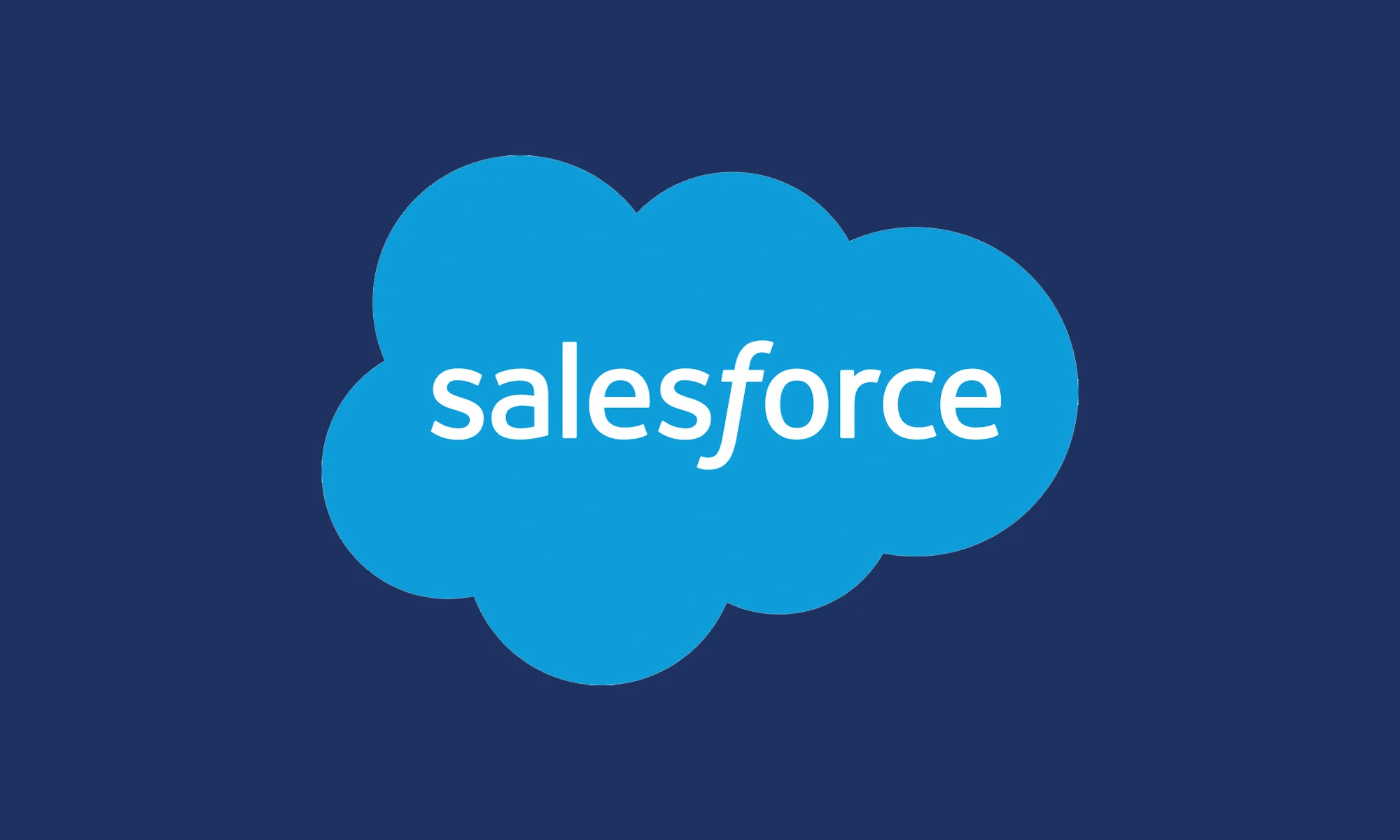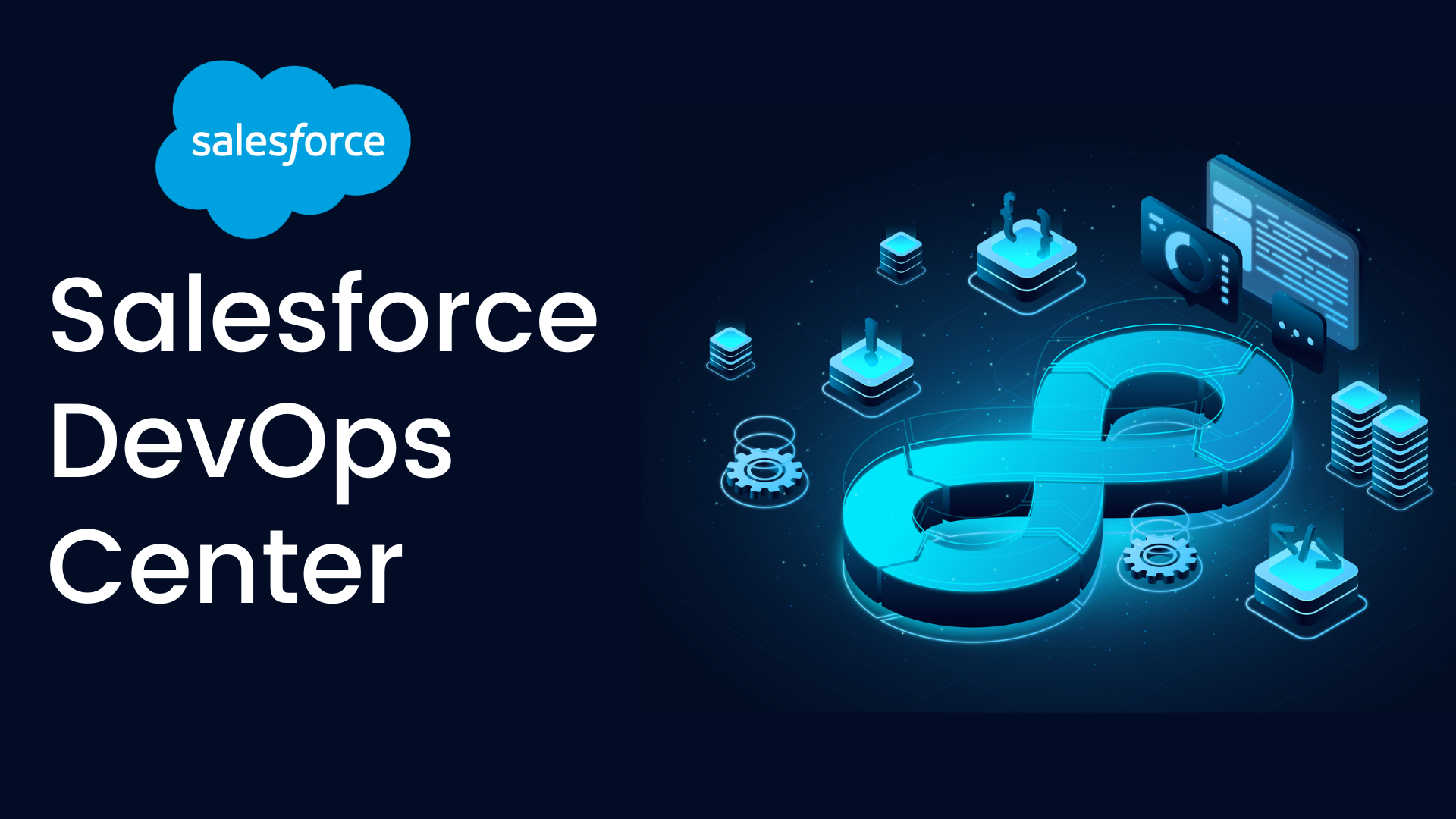Salesforce is a powerful CRM platform that can revolutionize the way your organization manages customer relationships and drives growth. However, implementing Salesforce is just the first step; the real value lies in ensuring its successful adoption by your teams. Measuring and tracking Salesforce adoption metrics is crucial to evaluate the effectiveness of your implementation and making data-driven decisions to maximize its potential. In this blog, we will explore the top 10 Salesforce adoption metrics that can help you assess and improve the utilization of Salesforce in your organization.
User Logins and Active Users:
Tracking the number of user logins and active users is a fundamental metric for measuring Salesforce adoption. It provides insights into the engagement levels of your team members. By monitoring this metric, you can identify any potential issues and take proactive steps to encourage user participation and training.
Data Completeness and Accuracy:
The quality of data entered into Salesforce is vital for its effectiveness. Measure the completeness and accuracy of data by monitoring fields that are required to be filled in. Low data completeness might indicate user resistance or inadequate training, while inaccurate data can lead to flawed reporting and decision-making.
Opportunity Pipeline:
The opportunity pipeline metric evaluates the number and value of deals in each stage of the sales process. It helps you understand how effectively Salesforce is being utilized to manage and move opportunities through the pipeline. Analyzing this metric can reveal bottlenecks and highlight areas for improvement.
Activity Tracking:
Measuring activities such as calls, meetings, and emails logged in Salesforce provides insights into the level of engagement and productivity of your sales and service teams. Tracking these activities can help you identify high-performing individuals, measure team collaboration, and optimize resource allocation.
Adoption by Role:
Segmenting Salesforce adoption metrics based on user roles (sales, marketing, service, etc.) provides a deeper understanding of how different departments utilize CRM. This analysis allows you to tailor training programs, configure Salesforce features specific to each role, and address any specific adoption challenges.
Dashboards and Reports Usage:
Salesforce offers powerful reporting and dashboard capabilities. Tracking the usage of dashboards and reports helps evaluate how well your teams leverage these features to monitor performance, gain insights, and make informed decisions. Low usage may indicate a need for additional training or customization.
Lead Conversion Rate:
Monitoring the lead conversion rate from Salesforce helps assess the effectiveness of your sales process. It measures the percentage of leads that successfully convert into opportunities or closed deals. By analyzing this metric, you can identify areas of improvement, refine lead qualification criteria, and align marketing efforts.
Customer Satisfaction and Support Cases:
For organizations using Salesforce for customer support, tracking customer satisfaction scores and support cases is crucial. These metrics help evaluate how well Salesforce is enabling your support teams to address customer issues and ensure high levels of customer satisfaction. Regular monitoring allows you to identify trends and implement proactive measures.
Mobile Adoption:
In today’s mobile-centric world, the adoption of Salesforce’s mobile app is important for remote and field teams. Tracking mobile adoption metrics provides insights into whether your teams are effectively utilizing the mobile capabilities of Salesforce. It helps evaluate the need for mobile-specific training, user experience improvements, and optimizing the mobile app configuration.
Training and Support Utilization:
Monitoring the utilization of Salesforce training resources and support channels is essential to assess the effectiveness of your enablement programs. Tracking metrics such as training completion rates, support case volumes, and user feedback can help identify gaps in knowledge and resources, allowing you to address them promptly.
Conclusion:
Measuring and tracking Salesforce adoption metrics is crucial for organizations aiming to maximize the value of their CRM investment. By analyzing these metrics, you can identify areas for improvement, tailor training programs, address user challenges, and drive higher adoption rates. Remember, successful Salesforce adoption is an ongoing process that requires continuous evaluation and refinement. With the right metrics and a data-driven approach, you can achieve optimal Salesforce adoption and empower your teams to achieve their goals.




